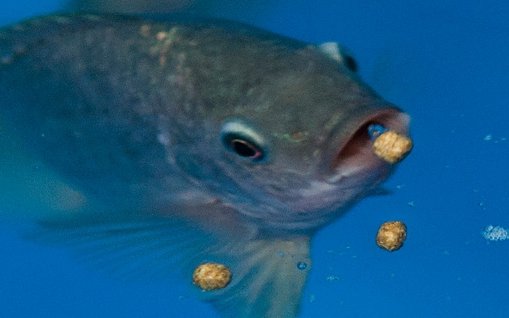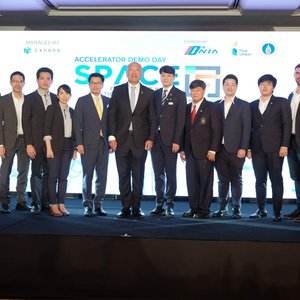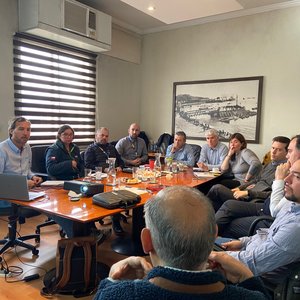Feeding behavior of each species determines the density of the feed and whether the pellet should either float or sink. Typically, bottom feeders such as sturgeon and surface feeders such as carp are some examples, but there are other species, that despite being more bottom feeders than surface feeders, are perfectly capable of eating on the surface such as seabream, seabass and rainbow trout.
AQUASOJA customers opting for floating feeds for fresh and saltwater species have been increasing with noticeable improvements in feeding management. Most of them are pond producers due to ease of implementation and low associated cost. The company is now testing new scenarios such as cages and RAS systems.
Tiago Aires, technical director of Aquasoja said that “this concept has been developed in Aquasoja for several years now, and several trials were performed in selected farms to assess its validity. We consider feed loss as one of the major problems of Mediterranean aquaculture, and we are strongly devoted to contribute to solving it. Obviously, cage farming poses technical constraints but we are working on it”
Floating feeds bring benefits related to intake control since the operator can better control fish behavior and adjust the timing and feeding speed, as well as the feed amount to improve feed utilization and minimize feed waste. This positively impacts the FCR and water quality and reduces rich-organic mud deposition. Besides, floating feeds also enable fish farmers to monitor their health and vigor.
However, there are situations where floating feeds are difficult to use or not even feasible such as non-protected ponds due to birds or when the water current deviates feed from the fish due to strong surface winds. Obviously, it will depend on each farm’s circumstances, but proper management measures can be implemented to allow this practice – like the usage of predatory nets or the placement of feeders on the windward side of ponds.













